How To Mulch Around Your House In Easy Steps
Here are some additional tips for mulching around your house:
- Use a weed barrier to prevent weeds from growing through the mulch.
- Choose a type of mulch that is appropriate for the climate you live in.
- Water the mulch regularly, especially during the first few weeks after you apply it.
- Inspect the mulch regularly for signs of pests or disease.
Mulching around your house can have many benefits, such as reducing weed growth, conserving moisture, and improving the appearance of your landscape. However, it is important to choose the right type of mulch for your climate and to apply it correctly.
For more information about mulching around your house, please visit Home Gardening. This website provides comprehensive information on the benefits of mulch, the different types of mulch available, and how to apply mulch correctly.
FAQ of mulch around house
- What is mulch?
Mulch is a layer of organic material that is spread around plants to help improve the soil and suppress weeds. It can be made from a variety of materials, including wood chips, bark, leaves, and compost.
- What are the benefits of mulching around a house?
Mulching around a house has many benefits, including:
* Retaining moisture: Mulch helps to retain moisture in the soil, which can help plants to thrive.
* Suppressing weeds: Mulch helps to suppress weeds by blocking out sunlight and providing a physical barrier.
* Attracting beneficial insects: Mulch can attract beneficial insects, such as ladybugs and spiders, which help to control pests.
* Improving the soil: Mulch can help to improve the soil by adding organic matter and nutrients.
* Protecting plants from the elements: Mulch can help to protect plants from the elements, such as wind and rain.
- What type of mulch should I use around my house?
The type of mulch you use around your house will depend on your climate and the plants you have. Some common types of mulch for around a house include:
* Wood chips: Wood chips are a versatile type of mulch that can be used in a variety of climates. They are also relatively inexpensive.
* Bark: Bark is another popular type of mulch that is available in a variety of colors. It is more expensive than wood chips, but it can last longer.
* Leaves: Leaves are a free and natural type of mulch that can be used in the fall. They are not as long-lasting as other types of mulch, but they can be a good option if you are on a budget.
* Compost: Compost is a great way to improve the soil around your house. It is also a good option for attracting beneficial insects.
- How thick should I layer the mulch around my house?
The thickness of the mulch layer will depend on the type of mulch you are using. In general, you should layer the mulch 2-4 inches thick.
- How often should I reapply mulch around my house?
You will need to reapply mulch around your house every year or two, depending on the type of mulch you are using. Wood chips and bark will last longer than leaves or compost.
- What are some potential problems with mulch around a house?
There are a few potential problems with mulch around a house, including:
* Attracting pests: Mulch can attract pests, such as rodents and termites.
* Creating a fire hazard: Mulch can create a fire hazard if it is not applied correctly.
* Molding: Mulch can mold if it is not kept dry.
- How can I avoid these problems?
To avoid these problems, you should:
* Choose the right type of mulch: Some types of mulch are more likely to attract pests or create a fire hazard than others.
* Apply the mulch correctly: Mulch should be applied in a layer that is 2-4 inches thick. It should also be kept away from the foundation of your house.
* Keep the mulch dry: Mulch should be kept dry to prevent it from molding.
Image of mulch around house
10 different images of mulch around a house that are free to use:
- Wood mulch around a foundation. This is a classic way to use mulch around a house. The wood mulch helps to insulate the foundation and prevent water damage.
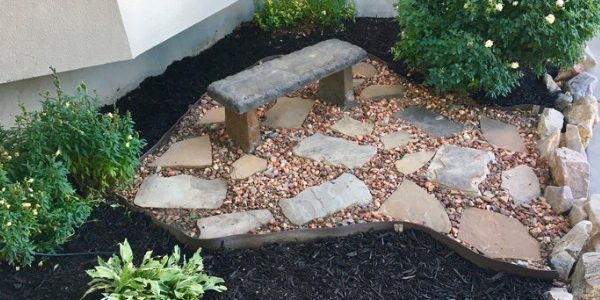
- Pine bark mulch around shrubs. Pine bark mulch is a good choice for mulching around shrubs because it helps to retain moisture and prevent weeds.
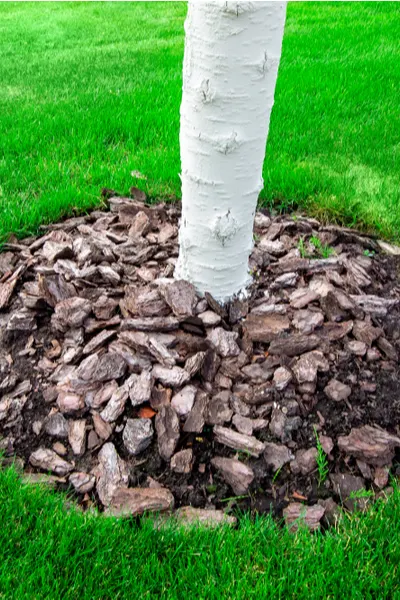
- Black mulch around flowers. Black mulch is a popular choice for mulching around flowers because it helps to keep the soil cool and moist.
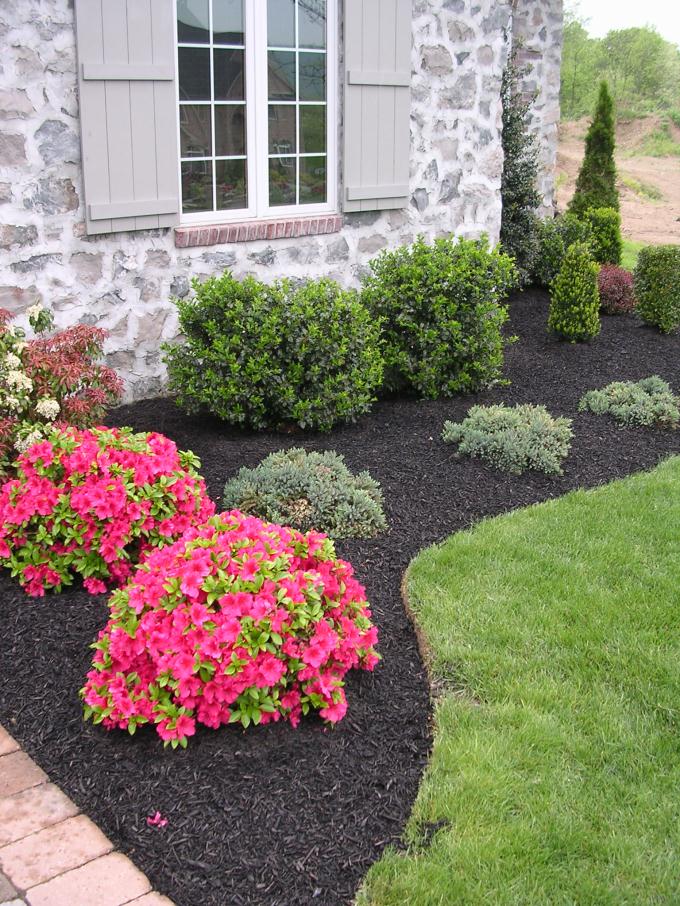
- Colorful mulch around trees. Colorful mulch, such as red or orange, can be used to add a pop of color to your landscape.
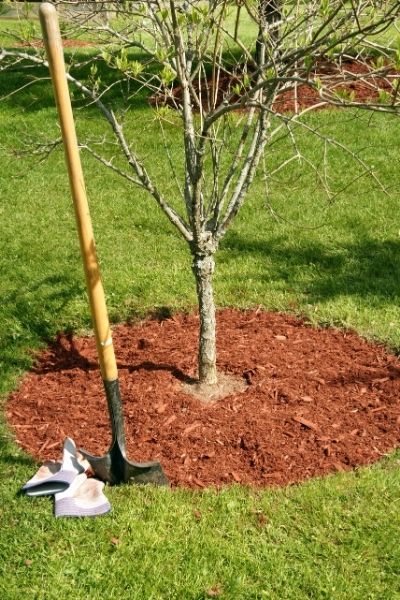
- Chunky mulch around a patio. Chunky mulch, such as bark chips or pine cones, can be used to create a natural-looking border around a patio.
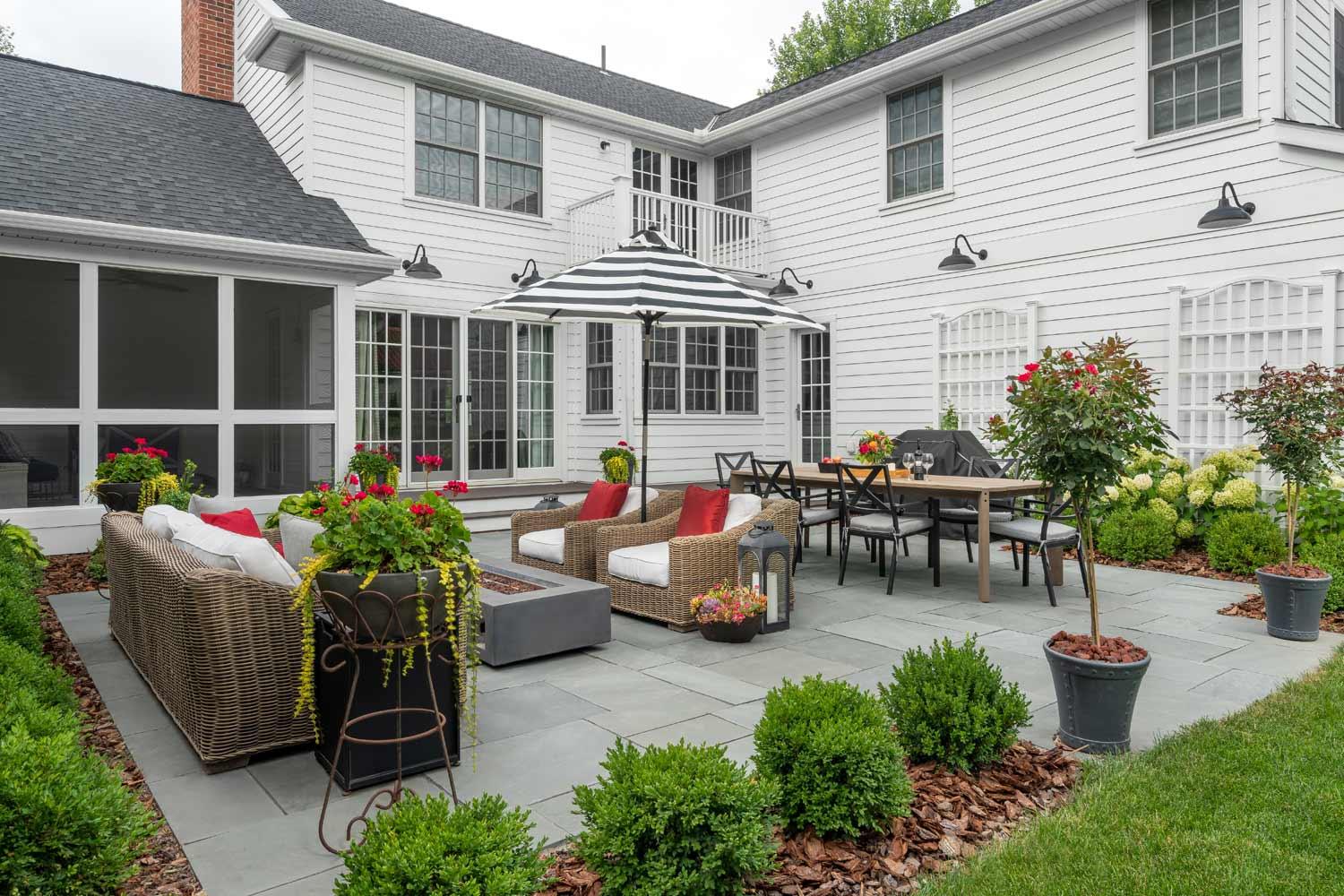
- Shredded mulch around a walkway. Shredded mulch, such as pine needles or hardwood, can be used to create a soft and comfortable surface for walking on.
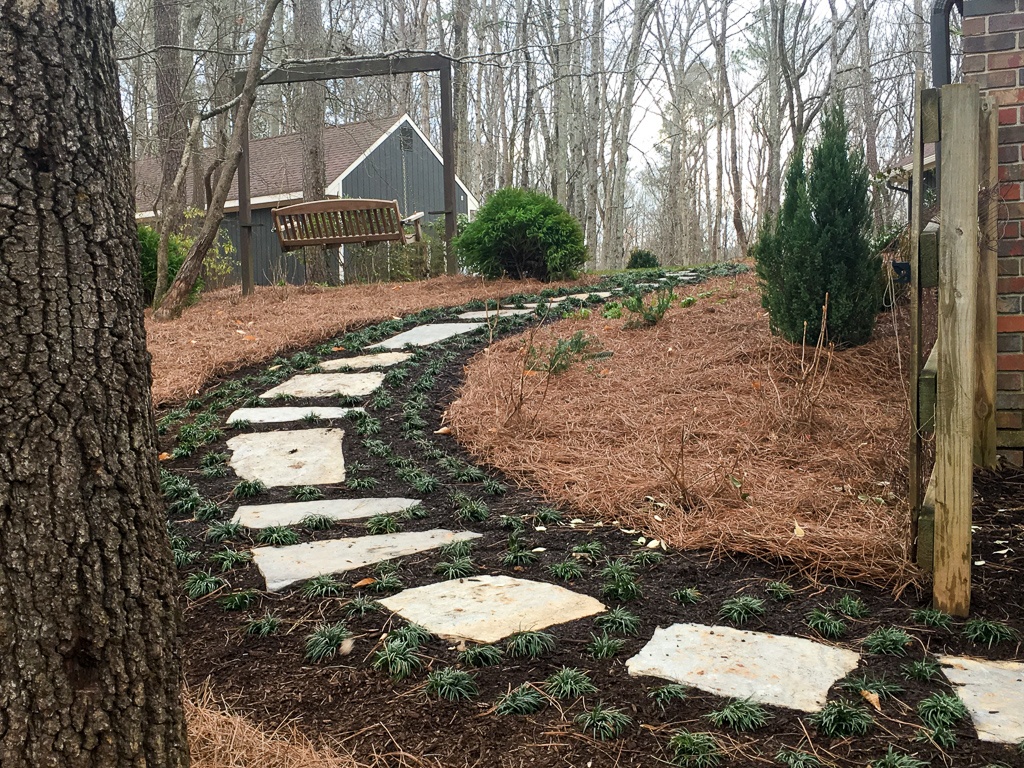
- Mulch around a vegetable garden. Mulch can help to suppress weeds and retain moisture in a vegetable garden.
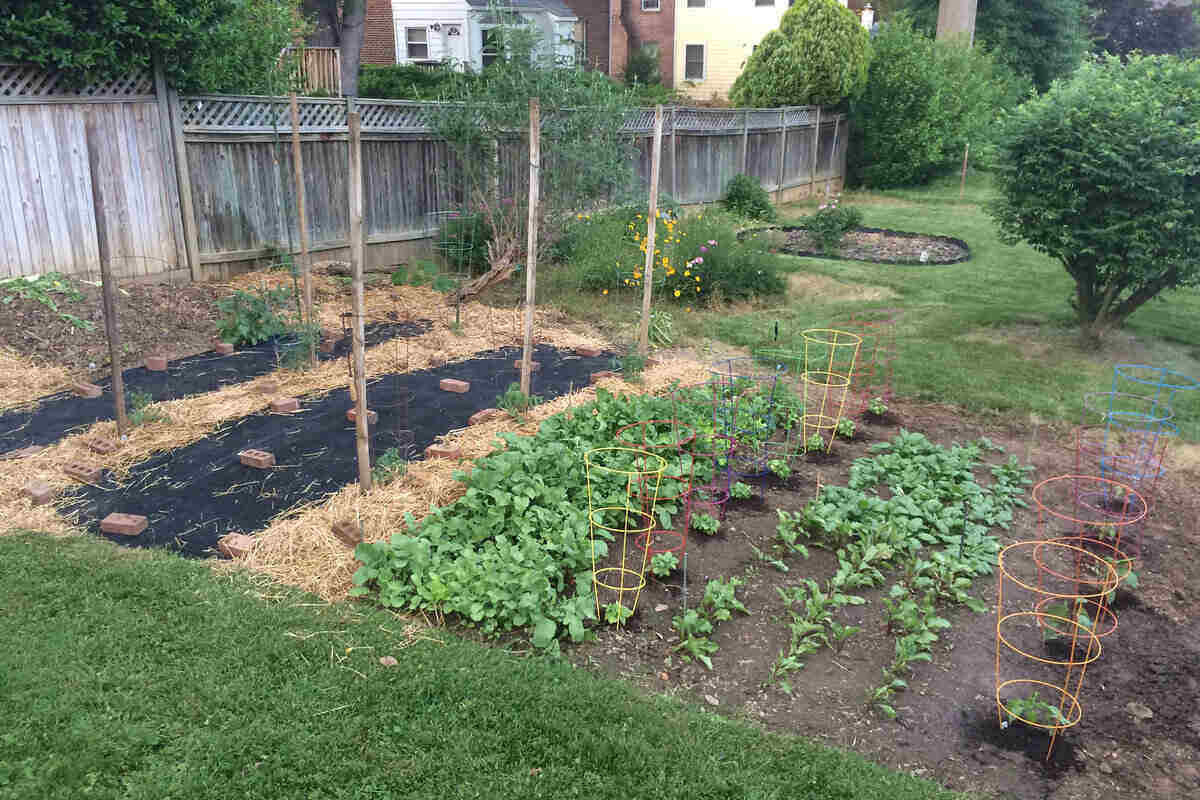
- Mulch around a flower bed. Mulch can help to keep flower beds looking neat and tidy.
- Mulch around a tree stump. Mulch can help to prevent new growth from sprouting up around a tree stump.
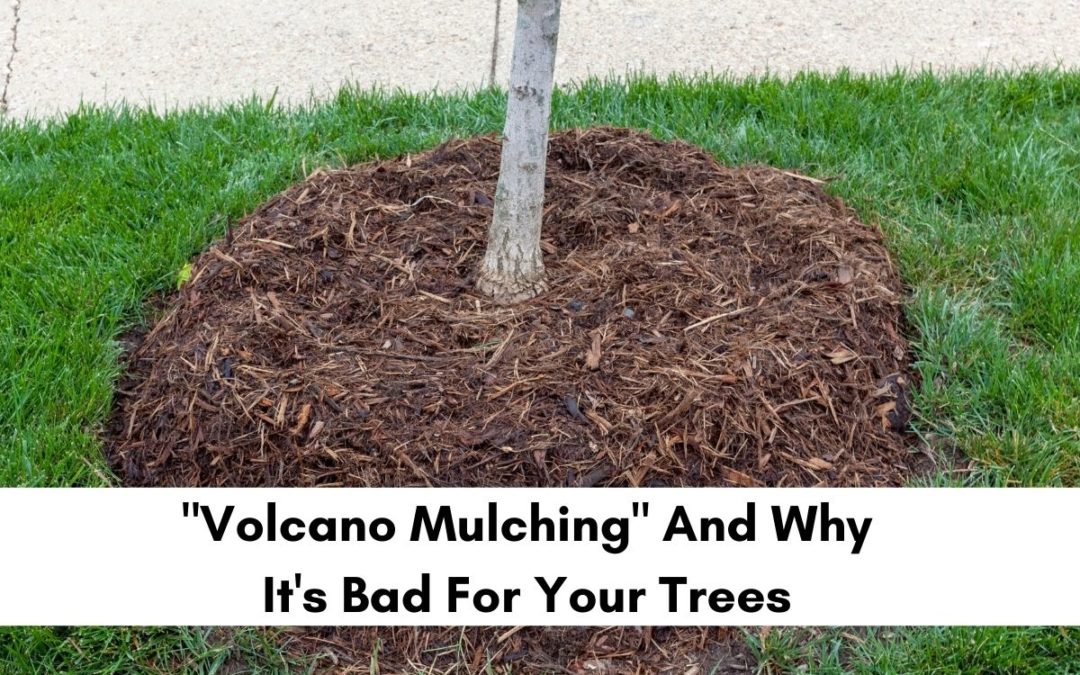
- Mulch around a mailbox. Mulch can help to keep your mailbox looking neat and tidy, and it can also help to prevent the mailbox from sinking into the ground.

Post a Comment for "How To Mulch Around Your House In Easy Steps"